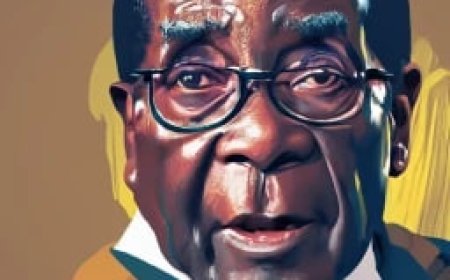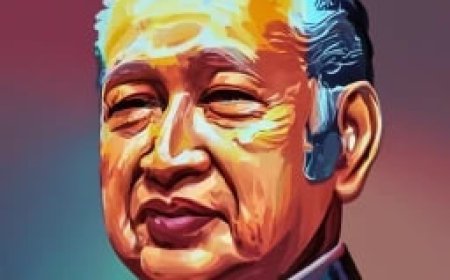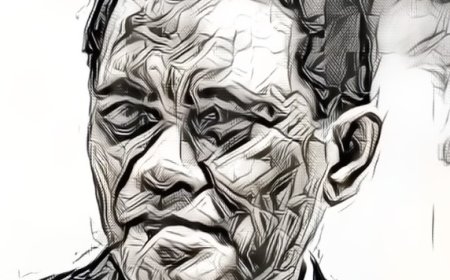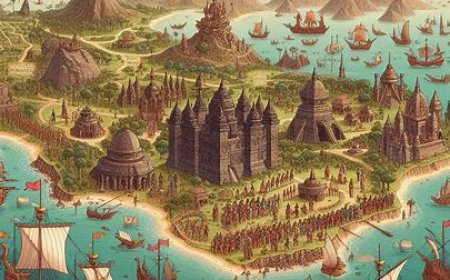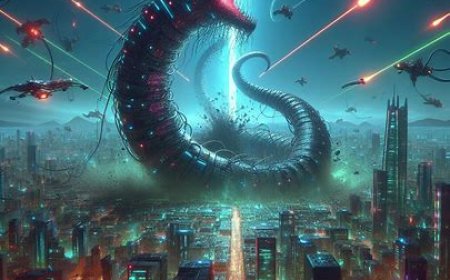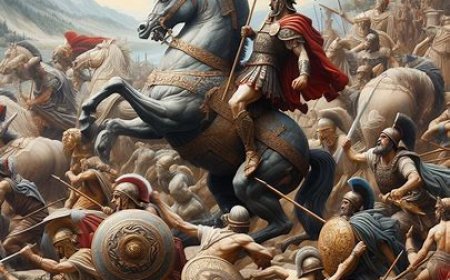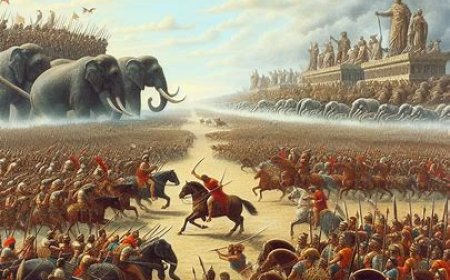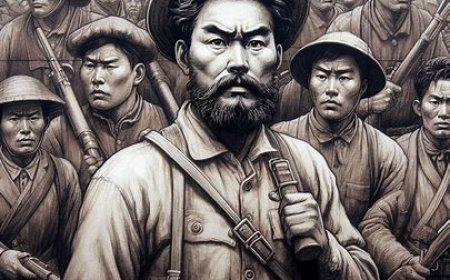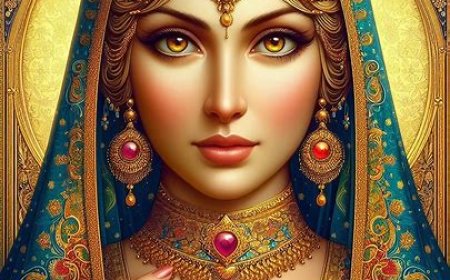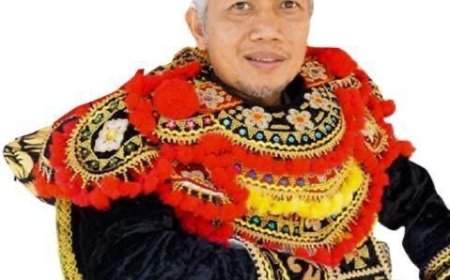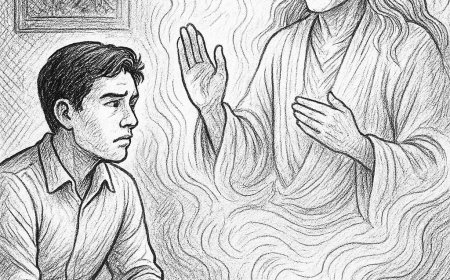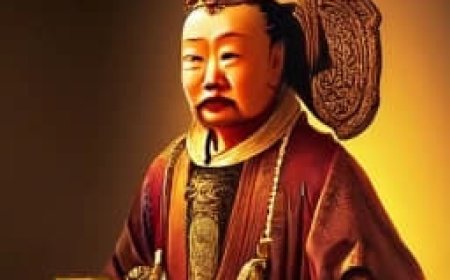The Year of Four Emperors: Chaos and Transition in the Roman Empire
The Year of Four Emperors reflects political chaos and power struggles in the Roman Empire, marking a swift transition from one regime to the next in a relatively short period.
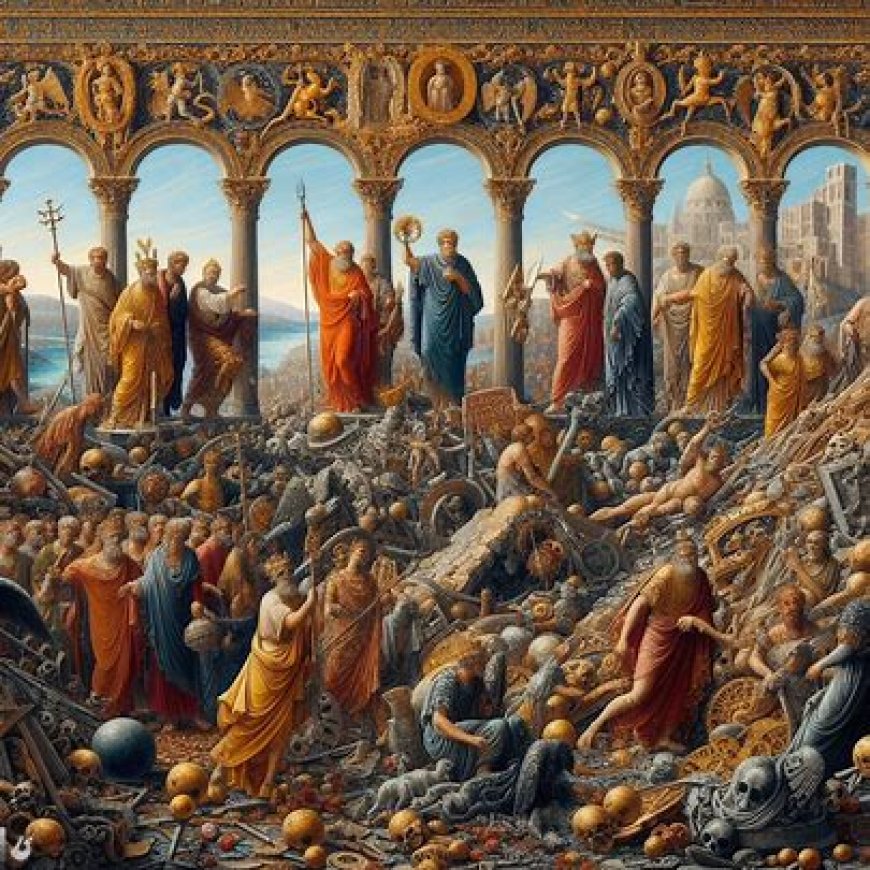
The Year of Four Emperors, occurring between 68 and 69 AD, was a tumultuous period in the history of the Roman Empire following the death of Emperor Nero. After Nero's suicide in June 68 AD, Galba assumed the throne, but his leadership was unpopular among the Roman military. As a result, Otho staged a coup in January 69 AD, overthrowing Galba and seizing power. However, resistance against Otho arose from Vitellius, a general in Germania, who declared himself emperor. The Battle of Bedriacum in April 69 AD marked Vitellius' victory, but the conflict persisted. Vespasian, a general in the East, also rebelled and successfully took power from Vitellius. After Vitellius was executed in December 69 AD, Vespasian was recognized as the legitimate emperor, ending the period of chaos and restoring stability to the Roman Empire. The reign of Vespasian solidified the Flavian Dynasty, laying the foundation for the future of the empire under his sons, Titus and Domitian.
The Year of Four Emperors encompasses a series of crucial events reflecting political instability and rapid leadership transitions following Nero's death. The following are key events during this period:
1. Nero's Death (June 68 AD): Emperor Nero, known for his controversial and cruel rule, committed suicide, leaving a power vacuum and uncertainty in the Roman Empire.
2. Galba Becomes Emperor (June 68 AD): Galba, a senior general and governor of Hispania, proclaimed himself the new emperor after Nero's death.
3. Otho's Coup (January 69 AD): Otho, a friend of Nero, staged a coup, killing Galba and becoming the new emperor.
4. Vitellius' Rebellion (April 69 AD): Vitellius, a general in Germania, rebelled against Otho and declared himself emperor.
5. Battle of Bedriacum (April 69 AD): The battle between Otho's and Vitellius' forces resulted in Vitellius' victory and Otho's death.
6. Vespasian's Rebellion (July 69 AD): General Vespasian, leading in the East, rebelled against Vitellius.
7. Vitellius' Death (December 69 AD): After fierce battles, Vespasian's forces seized Rome, and Vitellius was captured and executed.
8. Vespasian's Empire (July 69 AD): Vespasian was recognized as the legitimate emperor, restoring stability and ending the period of chaos. Vespasian's rule established the Flavian Dynasty.
The Year of Four Emperors reflects political chaos and power struggles in the Roman Empire, marking a swift transition from one regime to the next in a relatively short period.
The tragedy of the Year of Four Emperors (68-69 AD) in the Roman Empire occurred due to several complex factors, including political crisis, military instability, and social dissatisfaction. Some key factors that led to this tragedy include:
1. Leadership Crisis: Nero's death without a clear successor created a power vacuum. Without a clear succession mechanism, military and political leaders competed to seize control.
2. Social Dissatisfaction: Roman society at the time experienced social dissatisfaction due to heavy taxes, rising inflation, and disloyalty to government policies. This dissatisfaction created an environment conducive to rebellions and coups.
3. Corruption and Cruelty of the Emperor: Nero's rule was marked by high levels of corruption and cruelty towards his subjects. Discontent with Nero's rule fueled political instability and supported rebellions by military commanders.
4. Military Instability: The Roman army played a crucial role in determining leadership. The loyalty of the army to the emperor was critical, and competition among legions could trigger internal conflicts.
5. Competition Among Military Commanders: Power struggles among ambitious military commanders exacerbated the chaos. Galba, Otho, Vitellius, and Vespasian each had ambitions to become emperor, creating dynamics of power struggles.
6. Uncertainty in Rome: Political and military powers competing together with uncertainty in Rome created conditions where quick decisions and extreme actions became more likely.
The combination of these factors created an environment that was highly unstable and tumultuous within the Roman Empire, reflecting structural vulnerabilities of the empire and an inability to manage a peaceful and stable power transition during times of crisis.
(source: chatgpt)
What's Your Reaction?













